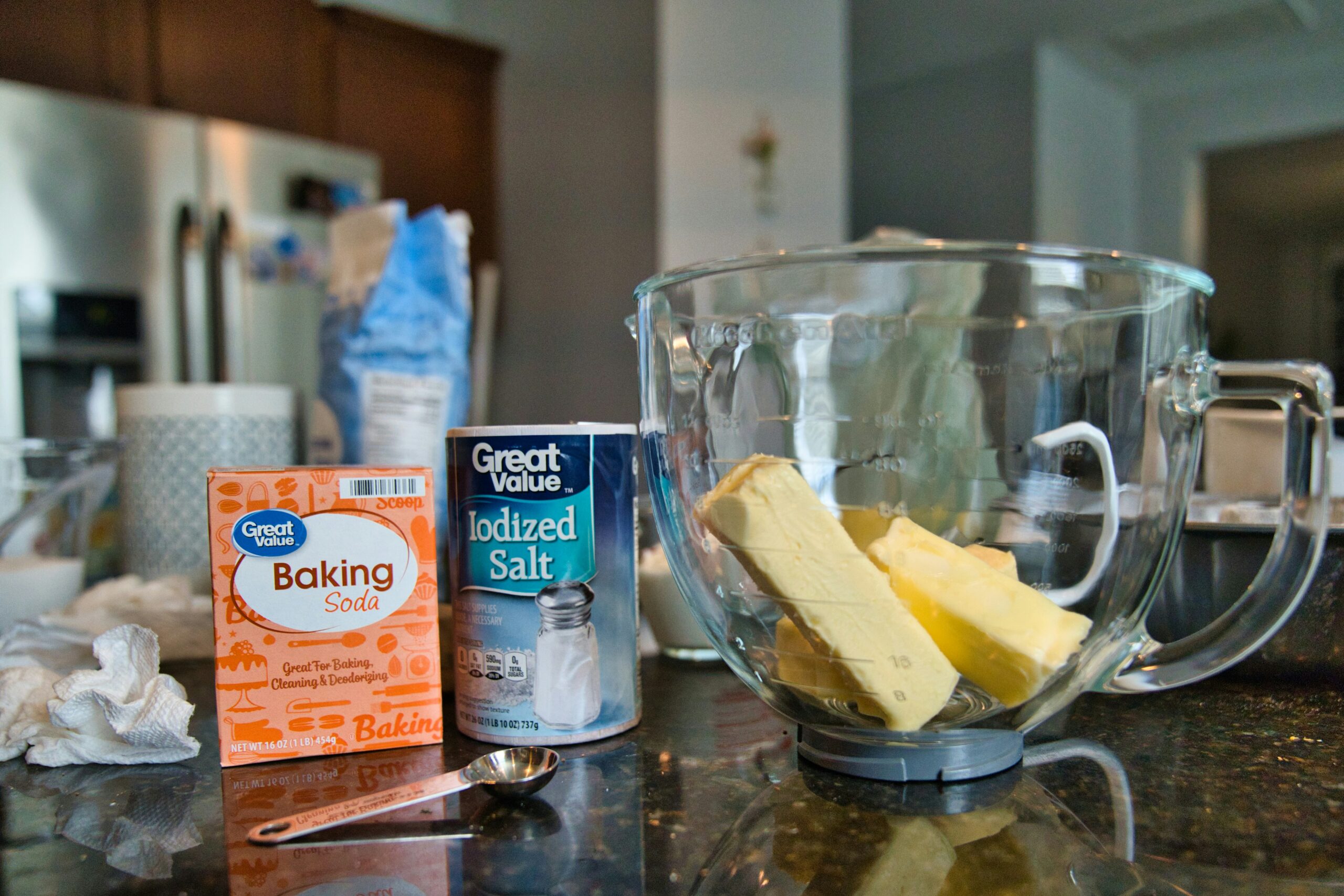Importance of Accurate Measurements in Cooking
When it comes to the art of cooking and baking, accurate measurements play a pivotal role in ensuring the success of your culinary creations. Precision in measurements not only brings consistency to your recipes but also significantly impacts the final outcome of your dish.
Ensuring Consistency in Recipes
Accurate measurements are the key to replicating your favorite recipes with consistent results each time you cook. Whether you are following a family recipe or trying out a new culinary creation, precise measurements of ingredients help maintain the flavors, textures, and overall balance of the dish. This level of consistency allows you to fine-tune your cooking and make adjustments based on the desired outcome.
Precision in Baking for Successful Results
In the realm of baking, where ingredients react chemically to produce the final product, precision in measurements is paramount. A slight deviation in the amount of flour, sugar, or leavening agents can drastically alter the texture and structure of your baked goods. From achieving the perfect rise in a cake to creating the ideal crumb in a loaf of bread, accurate measurements are essential for baking success.
To further understand the importance of measurements in cooking and baking, it’s crucial to delve into specific measurements of ingredients like butter, flour, and sugar. If you’re curious about how much 1 cup of butter weighs in grams, check out our detailed guide on how much is 1 cup of butter in grams?. Exploring the nuances of culinary measurements empowers you to elevate your cooking skills and create delectable dishes with precision and confidence.
Butter Measurements in Grams for Precision
When it comes to culinary creations, precise measurements play a critical role in ensuring the success of your recipes. For individuals looking to enhance their baking and cooking skills, understanding the conversion of butter measurements from volume to weight is essential. In this section, we will explore how to accurately measure butter in grams for precise results.
Converting Butter Measurements
Converting butter measurements from cups to grams provides a more accurate and consistent approach to incorporating butter into your recipes. Below is a conversion table that outlines common measurements of butter in cups and their corresponding gram equivalents:
| Butter Amount | Cups | Grams (g) |
|---|---|---|
| 1 tablespoon of butter | 1/16 cup | 14.2g |
| 1/8 cup of butter | 2 tablespoons | 28.35g |
| 1/4 cup of butter | 4 tablespoons | 56.7g |
| 1/3 cup of butter | 5 tablespoons + 1 teaspoon | 75.6g |
| 1/2 cup of butter | 8 tablespoons | 113.4g |
| 1 cup of butter | 16 tablespoons | 226.8g |
By referencing this table, you can easily convert butter measurements from cups to grams, providing a more precise approach to incorporating butter into your culinary creations.
How to Measure Butter in Grams
To measure butter accurately in grams, you can use a kitchen scale for precise results. Follow these steps to measure butter in grams effectively:
- Place your empty container on the kitchen scale and reset the scale to zero.
- Cut the required amount of butter from a block or stick and place it in the container.
- Check the kitchen scale to ensure that you have reached the desired weight in grams.
- Adjust or remove any excess butter to match the specific gram measurement needed for your recipe.
Utilizing a kitchen scale to measure butter in grams provides a level of accuracy that is essential in baking and cooking applications. By following these steps and referencing the conversion table, you can confidently incorporate the right amount of butter in grams to achieve consistent and delicious results in your culinary endeavors.





